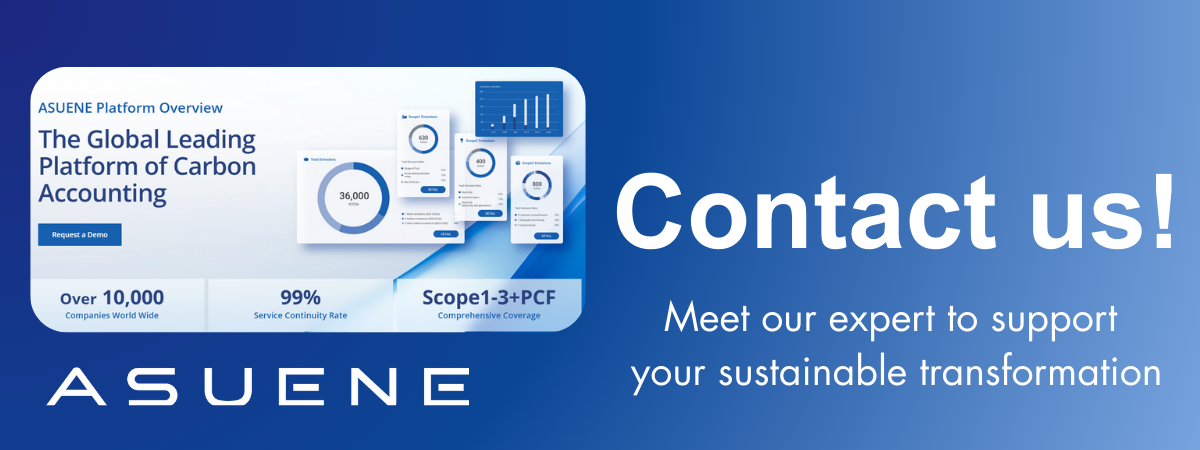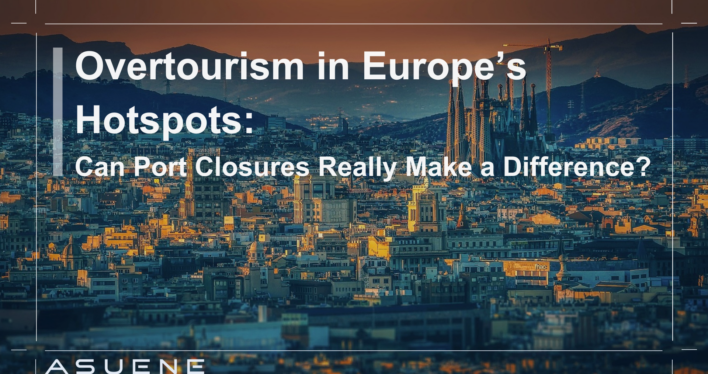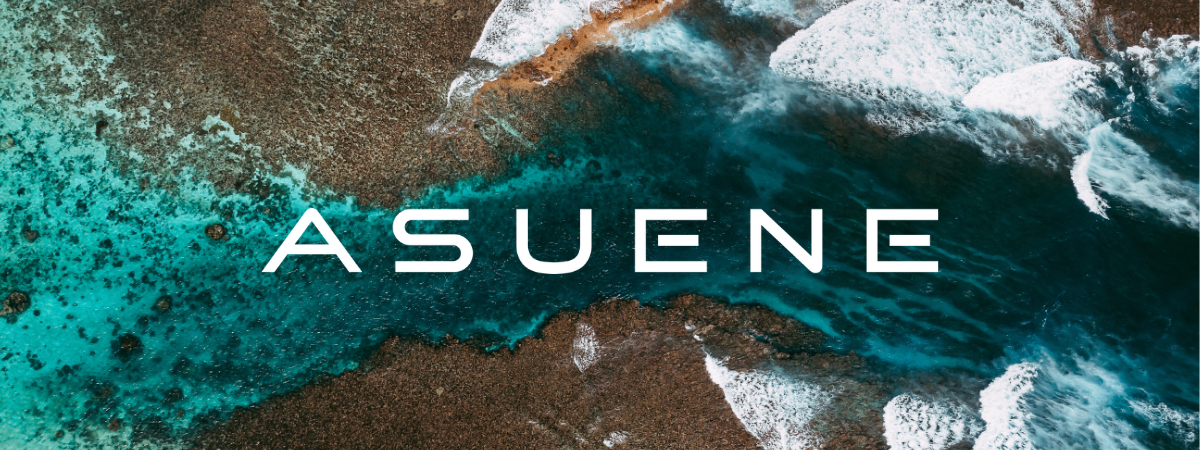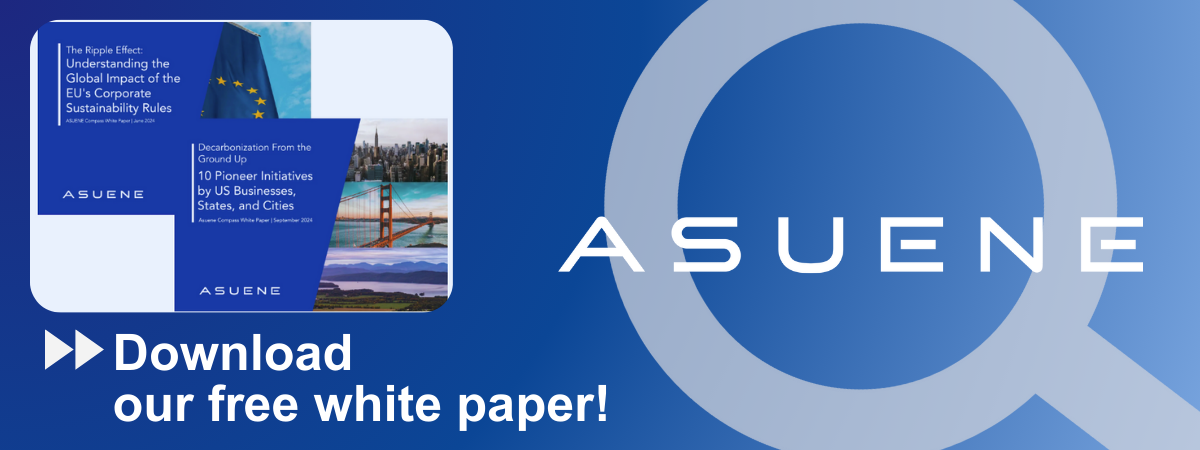- Article Summary
-
Introduction: Barcelona Takes a Stand Against Overtourism
In July 2025, the city of Barcelona announced a significant change to its cruise tourism policy. Two of its cruise terminals at the Moll Adossat port will be permanently closed by October 2026, reducing the city’s cruise traffic by nearly half. This decision was driven by concerns over crowding in the city’s historic neighborhoods, pollution from docked ships, and growing public discontent. While the closures are part of a broader plan to manage tourism and urban sustainability, they raise important questions about how effective such measures are in tackling overtourism across Europe.
The Rise of Overtourism in Europe’s Cultural Capitals
Overtourism refers to the situation where the number of visitors to a destination exceeds its capacity to accommodate them without negative impacts. In the past decade, cities like Venice, Amsterdam, Dubrovnik, and Barcelona have seen sharp increases in international arrivals. Many of these visitors are day-trippers from cruise ships or short-stay travelers who cluster in already-congested districts. For example, Venice welcomed over 5 million visitors in 2019, many of whom arrived via large cruise ships. These patterns have strained local infrastructure, inflated housing prices, and disrupted residents’ quality of life.
A growing number of cities are now implementing restrictions:
- Amsterdam: reduced the number of river cruise berths and restricted short-term rentals
- Dubrovnik: partnered with cruise lines to cap daily cruise arrivals
- Venice: imposed a cruise ship ban in the Giudecca Canal (2021)
- Florence and Rome: trialing visitor reservation systems for popular sites
These moves reflect an evolving awareness of the need for more controlled tourism development.
The Cruise Ship Controversy: A Floating Problem
Cruise ships have become a focal point in overtourism discussions. Each vessel can bring thousands of passengers to a city for just a few hours, concentrating large crowds in tourist-heavy areas. Moreover, while local economies may see limited financial benefit from these short visits, the environmental and social costs are significant.
In Barcelona, studies have shown that cruise passengers spend less per day compared to overnight visitors. At the same time, air pollution data near the port consistently shows higher levels of NO2 and particulate matter during peak cruise season. Ships docked at Moll Adossat continue running engines to power onboard systems, contributing to emissions.

Cruise Passenger Volume vs. Average Daily Tourist Spend – Barcelona
| Category | Volume (2024 est.) | Avg. Spend (EUR/day) |
|---|---|---|
| Cruise Passengers | 2.65 million | €56 |
| Overnight Tourists | 6.12 million | €195 |
Such data help explain why cities may look to rebalance their tourism sectors.
Do Port Closures Actually Work? Lessons from Other Cities
Barcelona is not the first city to close or restrict its cruise terminals. Venice, for example, banned large cruise ships from entering the Giudecca Canal in 2021, redirecting them to industrial ports. The immediate effect was a decline in tourist density in the historic center. Amsterdam plans to phase out its cruise terminal near the city center by 2030, citing sustainability goals and resident concerns.
While these measures have led to reduced congestion and air pollution, they also raise economic concerns for local businesses reliant on cruise traffic. In Dubrovnik, after daily caps on cruise visitors were introduced, some port-related revenues declined, but hotel occupancy and length of stay increased. This suggests a possible shift toward slower, higher-value tourism.
Comparison of Port Policy Impacts in Key Cities
| City | Policy Start | Cruise Arrivals (Before → After) | Avg. Stay (Days) | Air Quality Improvement (%) |
| Venice | 2021 | 600/year → 200/year | 1.6 → 2.4 | +18% |
| Amsterdam | Planned 2030 | 500/year → (phased out) | 2.1 → (TBD) | N/A |
| Dubrovnik | 2019 | 4 ships/day → 2 ships/day | 1.8 → 2.5 | +12% |
| Barcelona | 2026 (plan) | 800/year → 400/year (est.) | TBD | TBD |
Port Closures as a First Step: What Else is Needed?
Restricting cruise ship access is only one component of a broader overtourism strategy. Cities also need to address urban planning, crowd control, and seasonal tourism pressures. Infrastructure investments that disperse tourist flows, promote off-season travel, and encourage longer stays can alleviate pressure on central districts.
Policies that regulate short-term rentals, introduce tourist taxes, and incentivize eco-certified travel options are increasingly being adopted. Technology also plays a role, with real-time crowd monitoring and reservation systems being piloted in cities like Florence and Rome.
A map visualizing overtourism severity across Europe, along with key mitigation strategies adopted, would offer a snapshot of current efforts and their geographic distribution.
Conclusion: A Turning Tide in European Tourism Management
Barcelona’s decision to shut down two cruise terminals is a high-profile example of a growing trend in urban tourism governance. Whether such moves can significantly mitigate overtourism remains subject to ongoing debate. While some data suggest improved livability and environmental conditions, others point to potential trade-offs in local economic activity.
Ultimately, port closures alone are unlikely to solve the complex challenges posed by mass tourism. However, as part of a coordinated and multi-faceted strategy, they may help cities recalibrate their approach toward more sustainable and balanced tourism models. The effectiveness of such policies will depend on continuous assessment, local engagement, and flexible implementation over time.
Why Work with ASUENE Inc.?
Asuene is a key player in carbon accounting, offering a comprehensive platform that measures, reduces, and reports emissions. Asuene serves over 10,000 clients worldwide, providing an all-in-one solution that integrates GHG accounting, ESG supply chain management, a Carbon Credit exchange platform, and third-party verification.
ASUENE supports companies in achieving net-zero goals through advanced technology, consulting services, and an extensive network.


